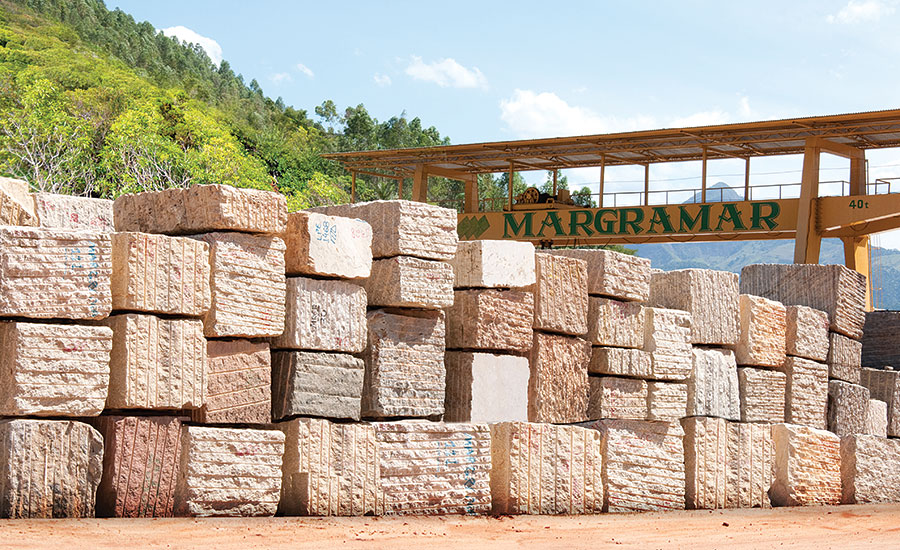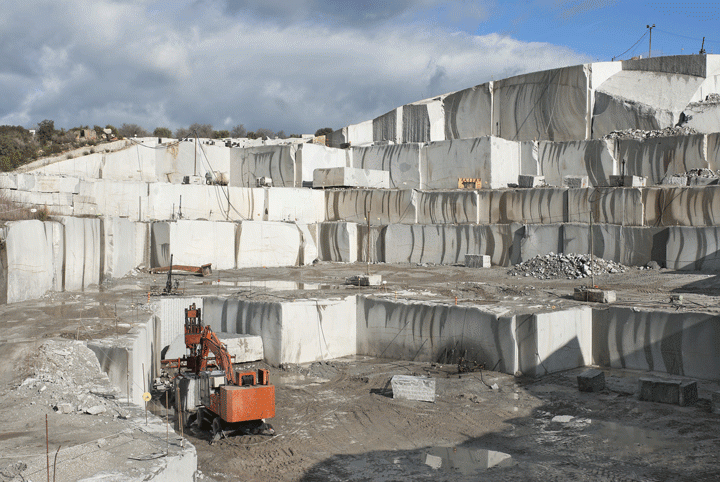Journeying Via Granite Quarries in South Africa: A Visual Odyssey
Journeying Via Granite Quarries in South Africa: A Visual Odyssey
Blog Article
Revealing the Mysteries of Granite Quarrying: Where Toughness and Style Meet
The globe of granite quarrying is a world where the raw strength of nature converges with human creativity to produce frameworks that stand the examination of time with an air of sophistication. From the midsts of quarries to the careful polishing in workshops, the procedure of changing granite right into building marvels is an intricate dancing of custom and innovation. As we peer right into the depths of this old craft, we begin to reveal the concealed intricacies that shape the very significance of our built environment.
The Beginnings of Granite Quarrying
In the record of building history, the beginnings of granite quarrying are shrouded in a tapestry of ancient workmanship and geological wonders. Dating back to ancient Egypt and Mesopotamia, the extraction of granite from quarries marked the beginning of a journey that would at some point result in the development of several of the globe's most renowned frameworks.
Granite quarrying's origins can be traced to the proficient artisans that identified the rock's sturdiness and aesthetic allure. Via a mix of primitive tools and large determination, these very early quarry employees uncovered granite blocks that would certainly come to be the building blocks of people.
As civilizations developed, so did the strategies of quarrying granite. The Romans, renowned for their design prowess, developed sophisticated methods for extracting granite to build monuments, holy places, and roads that stood the examination of time.
The legacy of these ancient quarrying techniques continues to shape modern architecture, with granite continuing to be an icon of toughness and style in construction projects around the globe. (granite quarries in south africa)
Tools of the Quarrying Trade
The development of granite quarrying methods from ancient human beings to modern times highlights the critical duty played by the tools of the quarrying trade in shaping the industry's methods. In old times, quarrying tools were simple, frequently including chisels, hammers, and wedges made from products like bronze or iron. These devices called for significant manpower and time to remove granite blocks from quarries.

Additionally, the introduction of pneumatically-driven devices and high-powered equipment has substantially decreased the physical labor required in quarrying procedures, improving worker safety and productivity. As the quarrying sector proceeds to innovate, the devices of the profession stay at the center of driving progression and shaping the future of granite removal.
Extracting Blocks of Granite
Using precision machinery and progressed methods, the extraction of granite obstructs from quarries has actually come to be an innovative process in the modern quarrying market. The first step entails determining the location and dimension of the granite deposit to establish one of the most reliable extraction method. When a suitable website is selected, the extraction procedure starts with the boring of holes for the positioning of explosives. Controlled blowing up techniques are then used to damage apart the granite into workable areas.

Polishing and Ending Up Strategies
To accomplish navigate to this site a perfect surface on granite blocks, proficient artisans use a series of precise polishing and finishing strategies. After the initial extraction and forming processes, the granite blocks undergo a detailed polishing phase to improve their natural charm and toughness.
Along with polishing, finishing techniques are used to further improve the granite's appearance. These methods may consist of flaming, honing, or brushing, each offering unique textures and finishes to page match various aesthetic preferences. Flaming, for example, involves exposing the granite surface area to heats to produce a harsh, distinctive coating, ideal for outside applications where slip-resistance is necessary. Sharpening, on the other hand, provides a matte surface that is smooth to the touch, perfect for interior countertops and floor covering. By very carefully selecting and using these brightening and completing strategies, artisans can transform raw granite obstructs right into beautiful items that display both toughness and style.

Environmental Effect and Sustainability
With the expanding emphasis on environmental consciousness in the sector, granite quarrying methods are increasingly scrutinized for their influence on all-natural sources and long-lasting sustainability. Quarrying for granite can have substantial environmental ramifications. The removal procedure usually involves making use of hefty equipment, nitroglycerins, and large quantities of water, resulting in habitat destruction, soil disintegration, and water contamination. Additionally, the transportation of granite from quarries to processing centers generates carbon exhausts, better adding to ecological degradation. granite quarries in south africa.
To minimize these impacts and guarantee sustainability in granite quarrying, market stakeholders are adopting numerous measures. Applying sophisticated resource innovations to lower power intake and water use, recovering quarried land for ecological restoration, and advertising accountable sourcing practices are some strategies being used. Accreditations such as the Forest Stewardship Council (FSC) and the Management in Power and Environmental Style (LEED) help customers recognize ecologically pleasant granite items.
Conclusion
To conclude, granite quarrying is a process that calls for specialized devices and strategies to remove blocks of granite and brighten them to a high level of finish. While the ecological effect of quarrying can be significant, initiatives are being made to enhance sustainability methods in the market. Overall, granite quarrying is a delicate equilibrium in between using the toughness and style of this all-natural stone while reducing its influence on the atmosphere.
Report this page